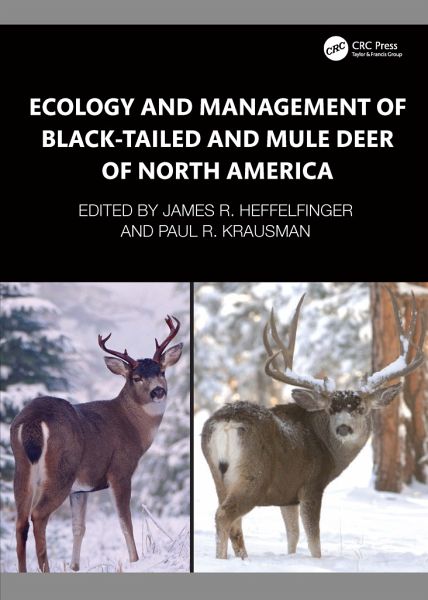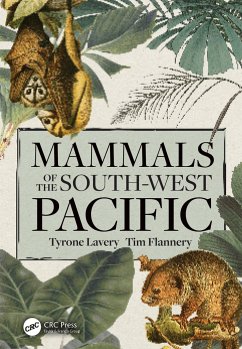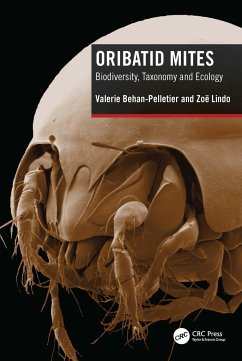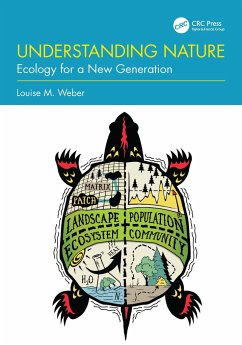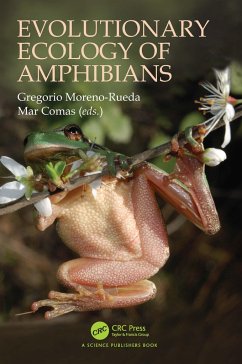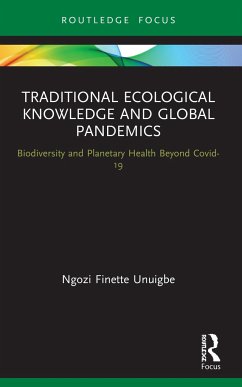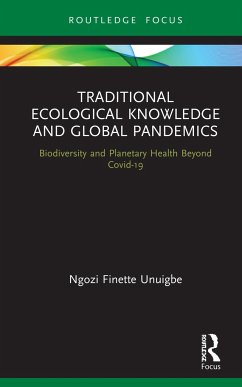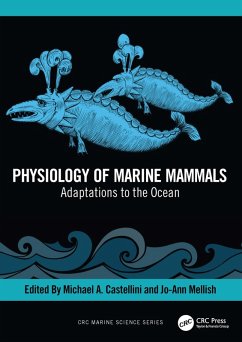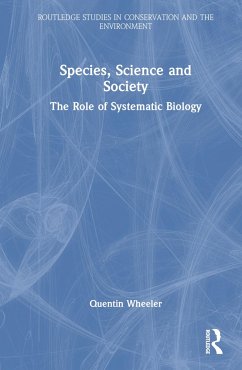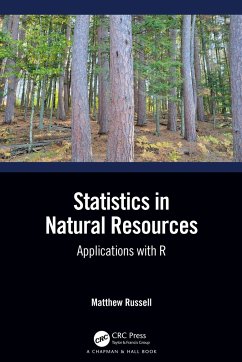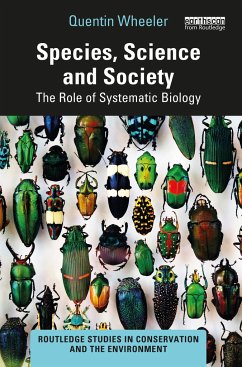James R. Heffelfinger is Wildlife Science Coordinator for Arizona Game and Fish Department and Full Research Scientist in the School of Natural Resources and the Environment at University of Arizona, Tucson. For the last 17 years, he has served as Chairman of the Mule Deer Working Group sponsored by the Western Association of Fish and Wildlife Agencies. This working group consists of the leading black-tailed or mule deer expert from each of 24 states, provinces, and territories in western North America. James is a Certified Wildlife Biologist, and recipient of the O. C. "Charlie" Wallmo Award for contributions to black-tailed and mule deer knowledge and conservation in North America, Mule Deer Foundation's Professional of the Year Award, Lee Gladfelter Memorial Award, and Distinguished Alumnus University of Wisconsin - Stevens Point. He has authored and coauthored >65 scientific papers, 29 book chapters, 295 magazine articles, several TV scripts, and the book Deer of the Southwest published by Texas A&M University Press. Paul R. Krausman is Professor Emeritus from the School of Natural Resources and the Environment, University of Arizona, Tucson. Paul is a Certified Wildlife Biologist, Wildlife Fellow, Honorary Member of The Wildlife Society, and served as faculty advisor for the student chapters of The Wildlife Society at Auburn, Arizona, and Montana. He has served as editor, associate editor, and guest editor for numerous scientific outlets. Paul has published 41 book chapters, 14 books, >100 conference proceedings, and >270 peer-reviewed monographs and manuscripts. He has received numerous awards for his teaching and research including the O. C. "Charlie" Wallmo Award (1999), the Desert Ram Award (2000), and the Aldo Leopold Memorial Award (2006).
